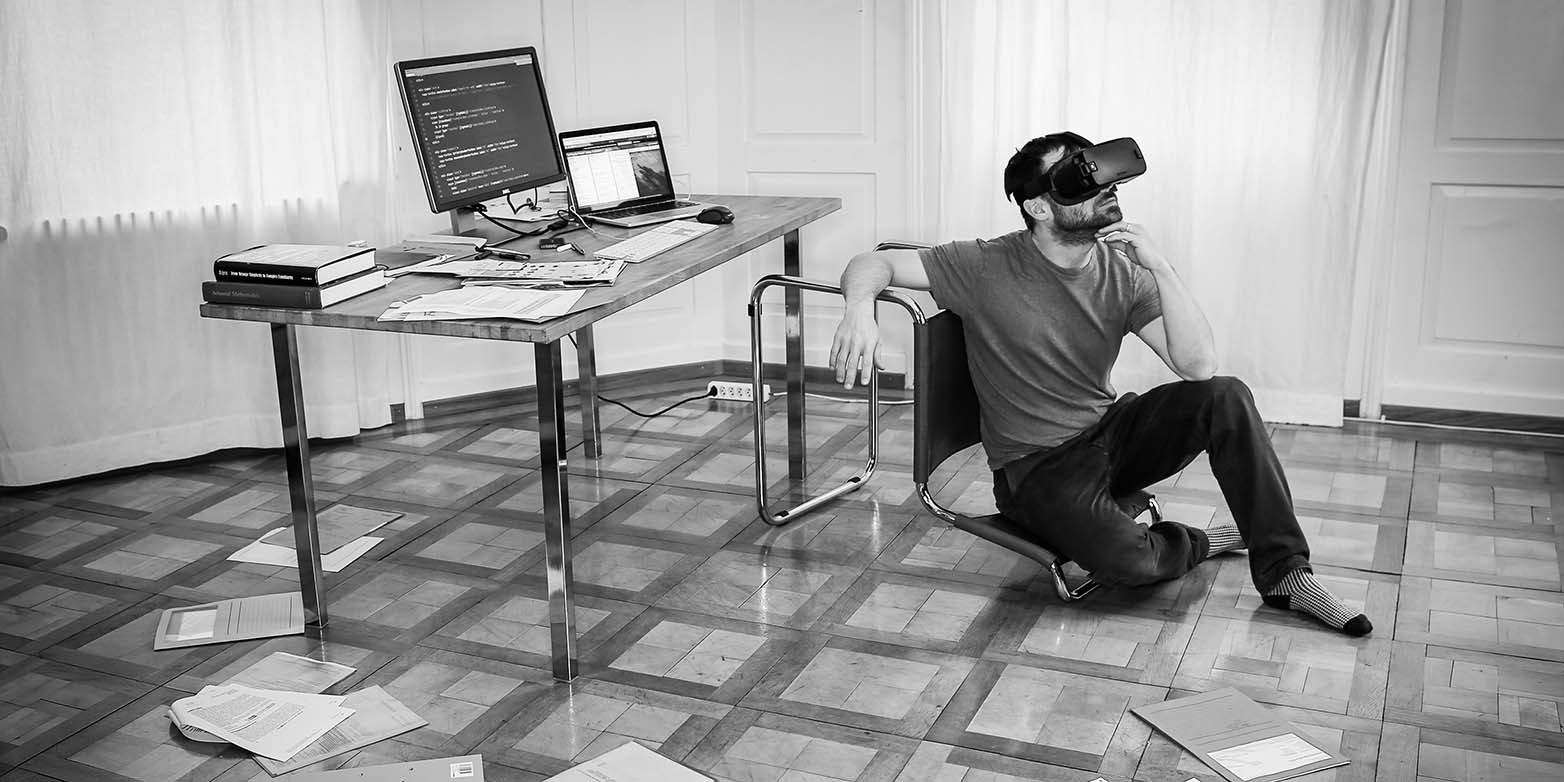The dark side of remote working
Erika Meins explains the science behind why returning to the office is good for our performance as well as our well-being.

Perhaps it’s happened to you: you had a fast-paced workday, tackling countless issues all at once and juggling emails, chats and video calls with your colleagues. But instead of feeling accomplished after an intense day at the virtual office, you sometimes simply feel exhausted, lost and empty.
At the same time, digital technologies have been a blessing, enabling us to work from anywhere in the world. In many places, this allowed people to seamlessly continue working from home during the pandemic: despite the physical distance, we can work on documents at the same time as our colleagues or write on digital whiteboards simultaneously during virtual workshops. The pandemic has clearly shown us the limits of regular remote working, however. In addition to physical exhaustion and emotional emptiness, many people experience losing a sense of space and time. Kitchens have become cafeterias, couches act as spaces for both work and leisure, and the boundaries between yesterday, today and tomorrow have become increasingly blurry. There are different empirical explanations as to why this is occurring.

Firstly, there is now a good body of research into the phenomenon of video call-induced exhaustion – known as ‘Zoom fatigue’. Virtual meetings require greater cognitive effort, caused by micro-lags in the video stream, the loss of social cues and uninterrupted stints of staring at the screen. Our brains simply require more energy to process information in video conferences, which leads to physical exhaustion. This makes it all the more important to take breaks during and between video meetings.
«Multitasking is in fact an illusion.»Erika Meins
At the same time, distractions become more tempting. Who hasn’t also answered emails or checked notifications on their phone during one of the countless virtual meetings held over the past two years? But multitasking is in fact an illusion. There is no such thing as working on different tasks simultaneously: what is referred to as multitasking is actually a series of micro interruptions. Paradoxically, this reduces our ability to switch between tasks and causes a noticable reduction in our attention span and performance. To counteract this, we can switch off notifcations for email and other apps and close programs that are currently not in use.
Lack of sensory stimuli
Cutting out commuting and other small everyday actions such as changing meeting rooms adds up to an overall loss of visual, auditory and other sensory stimuli. This lack of varying sensory input, coupled with the loss of physical movement, can contribute to a feeling of disorientation and impair our cognitive performance. This may explain why the days melt into each other when working from home and why we may struggle with remembering who said what in one of our countless virtual meetings.
Recent neuroscience studies also show that our brains process information differently depending on whether the objects are physical or virtual. Different regions of the brain are activted depending on whether we focus on an object in physical reality or in virtual space. The science is not yet in on what kind of impact this has on our performance and well-being. It is clear, though, that these questions will only grow in importance, especially with the increasing use of immersive frontier technologies such as the Metaverse.
Social connectedness and well-being
The disappearance of personal interaction at the workplace ultimately can negatively impact our well-being, and digital contact can only compensate for this loss to a limited degree. Social contact is essential to our mental and physical health, even if the exact needs vary by individual. It has been shown that in-person social contact has a calming, regulating effect on the nervous system and helps reduce stress. New studies also suggest that of all the types of communication used during lockdowns, face-to-face interaction had the most positive and long-lasting effect on our well-being. This also holds true for feelings of social connectedness among co-workers: face-to-face interaction boosted these feelings the most, followed by video calls and telephone conversations – and at the low end of the spectrum, text messages.
This shows how important it is to return to the office, at least part time, and to focus on real-world experiences like picking up a book or newspaper and going outside regularly. And if physical meetings with colleagues or customers don’t take place for a longer period of time, it’s a better idea to invite them to a video call or to pick up the phone than just to send another email or chat message. While the range of options for digital interaction poses a great opportunity, it is critical to remain aware of how we use them. Whether we’re an employee or an employer, we should aim to use digital tools in a well-thought-out manner, paving the way for a hybrid working world that is responsible and humane.
Jasmine Kerr, a psychologist and PhD student of the Lab at the Chair of Technology Marketing, also contributed to the article. It also appears in the external page NZZ from February 23 (German only).
Comments
No comments yet